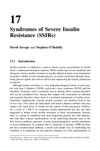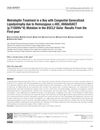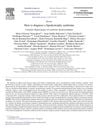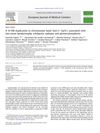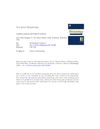Identification and Characterization of a Novel Pathogenic Mutation in the Human Lipodystrophy Gene AGPAT2
January 2012
in “
JIMD reports
”
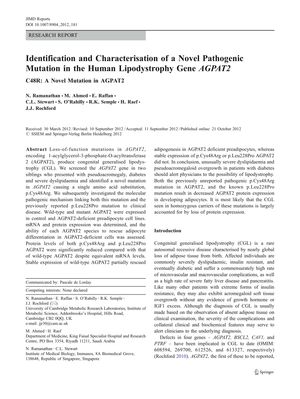
TLDR A new mutation in the AGPAT2 gene causes severe fat tissue loss and related health issues by reducing the protein's levels.
In 2012, researchers discovered a new mutation in the AGPAT2 gene, p.Cys48Arg, in two Saudi Arabian siblings with congenital generalized lipodystrophy (CGL), pseudoacromegaly, diabetes, and severe dyslipidemia. They aimed to understand the effects of this mutation and another known mutation, p.Leu228Pro, on the AGPAT2 protein involved in fat cell development. The study showed that both mutations resulted in significantly reduced protein levels despite normal mRNA levels, indicating that the mutations may impair protein folding or stability. The expression of wild-type AGPAT2 could partially rescue fat cell development in cells with reduced AGPAT2, while mutant forms could not. The findings suggest that the severe lack of adipose tissue in patients with these mutations is primarily due to the loss of AGPAT2 protein expression. The study emphasizes that severe dyslipidemia and pseudoacromegaloid features in diabetic patients may indicate underlying lipodystrophy.
